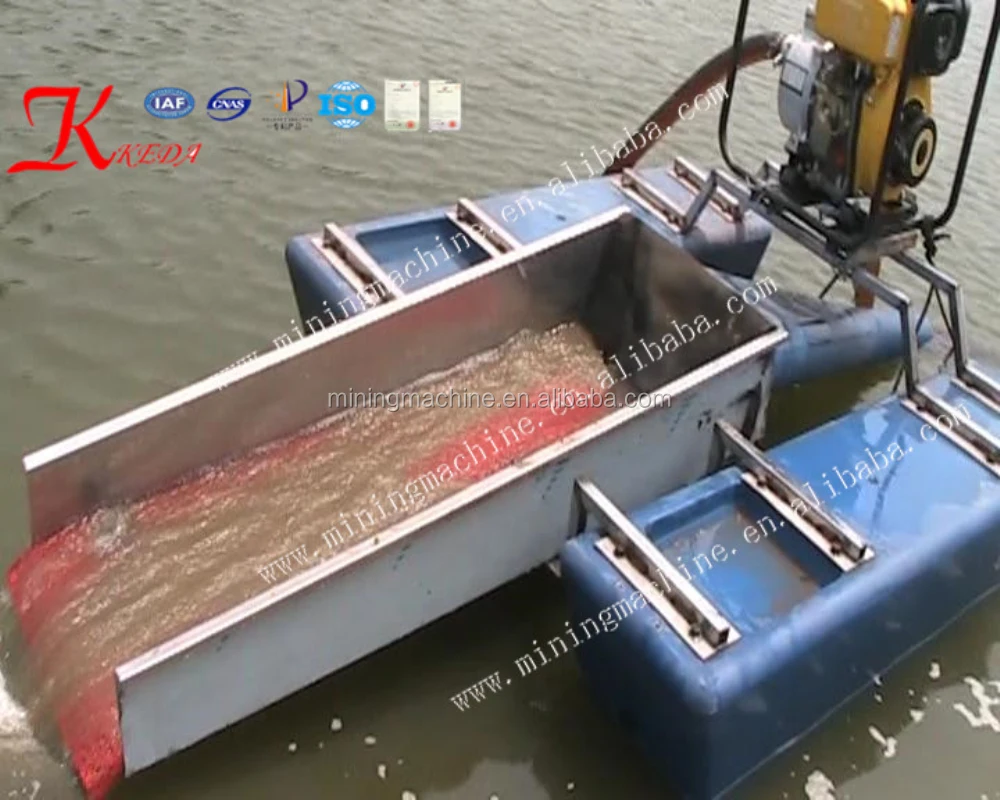
47, a group of eight 20- and 30-something women from Whitehorse.

You do what you can from inside your moving boat. And no: for most teams, there are no bathroom breaks. They strap CamelBaks loaded with water and electrolyte powder to their backs, pop caffeine pills and painkillers every few hours, and try not to count the ways in which they’ve begun to blister and chafe. Teams have a maximum of 84 hours - three and a half days - to make it to Dawson City before the cut-off time for official finishers, and they dash downstream without pausing to sleep or to cook a proper meal. Racers can enter in solo or tandem canoes, solo or tandem kayaks, or in giant voyageur canoes, which hold anywhere from six to 10 people - even more if you can squeeze them in. Whitehorse sits just above the 60th parallel by the time they reach Dawson City, boats have crossed the 64th,traversing the territory from just above the British Columbia border almost to Alaska, following the track so many prospectors took in the great Klondike Gold Rush of 1898. It runs each year from Whitehorse, the small capital city of Canada’s Yukon Territory, north for 445 miles (715 km) down the wide, fast-moving Yukon River to tiny, historic Dawson City. The Yukon River Quest is the world’s longest annual canoe and kayak race. Every dead tree floating downriver became a rival boat, a fellow racer to chase down. Most often, the visions were logical extensions of my circumstances: Every tree stump on shore became a bear or a moose. Blinking didn’t banish them even knowing they weren’t real didn’t chase them away. They took firmer shape as the hours passed, acquiring form and color - bright, imagined graffiti tagging the empty rocks of the cliffs that hemmed the river in on both sides of me, or a line of kayaks in rainbow colors spread across the water ahead. “Lightning!” I’d think, and then turn my head to see a cloudless sky.

The hallucinations started out small, subtle flickers of light at the edges of my vision.


 0 kommentar(er)
0 kommentar(er)
